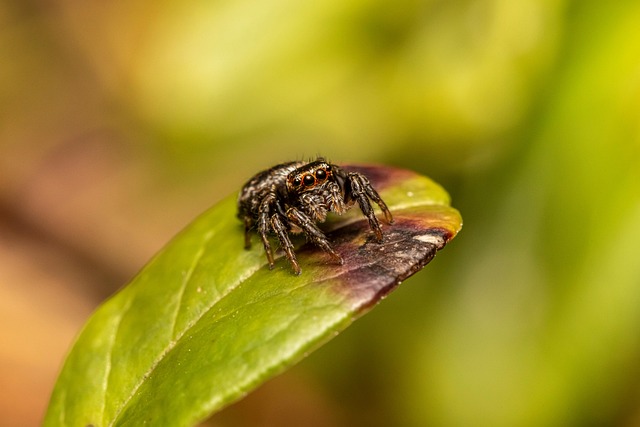
Stored Products: Understanding the Hidden Threats
In the cozy corners of our kitchens and pantries, stored products are meant to provide us with nourishment and comfort. However, lurking within these seemingly innocent packages can be a hidden menace: pests! 🐛 From moths to beetles, these little critters can wreak havoc on our food supplies. Let’s delve into the world of stored products and uncover what we need to know to keep our food safe and sound.
The Life Cycle of Pests
Did you know that many of the adult moths we see fluttering around our homes don’t even have working mouthparts? It’s true! The real damage is done by their larvae, which can munch through our flour, grains, and other stored foods. The Indian meal moth, for instance, can complete its life cycle in as little as 20 days under ideal conditions. With the right temperature and humidity, these pests can multiply rapidly, leading to infestations that can cause significant product damage and contamination.
Common Pests in Stored Products
When it comes to stored products, a few pests are particularly notorious. Here are some of the most common ones you might encounter:
- Indian Meal Moth: This little creature is not alone; it attracts over 20 other stored product moth species, including the Mediterranean flour moth and the almond moth.
- Warehouse Beetle: Known scientifically as Trogoderma variabile, this beetle is the second most common pest found in stored products.
- Flour Beetles: Both red and confused flour beetles can be found lurking in your pantry, ready to spoil your food.
- Cigarette Beetles: These pests are often found in dried goods and can be quite a nuisance.
How to Prevent Infestations
Prevention is always better than cure, especially when it comes to pests. Here are some friendly tips to keep your stored products safe:
- Keep It Clean: Regularly clean your pantry and kitchen to remove any crumbs or spills that might attract pests.
- Use Airtight Containers: Store grains, flour, and other dry goods in airtight containers to keep pests out.
- Check Expiration Dates: Regularly check your food supplies and dispose of any expired items.
- Monitor for Signs: Keep an eye out for any signs of infestation, such as webbing or larvae in your food.
When to Seek Help
If you find yourself facing a significant infestation, it might be time to call in the professionals. Pest control experts can help identify the source of the problem and provide effective solutions to eliminate the pests.
In conclusion, while stored products are essential for our daily lives, being aware of the potential threats can help us maintain a safe and healthy kitchen. With a little vigilance and care, we can keep those pesky pests at bay! 🌼

















 Meet Clarissa Thompson: The Sports Maven Who’s Got It All
Meet Clarissa Thompson: The Sports Maven Who’s Got It All 
 Health
Health  Fitness
Fitness  Lifestyle
Lifestyle  Tech
Tech  Travel
Travel  Food
Food  Education
Education  Parenting
Parenting  Career & Work
Career & Work  Hobbies
Hobbies  Wellness
Wellness  Beauty
Beauty  Cars
Cars  Art
Art  Science
Science  Culture
Culture  Books
Books  Music
Music  Movies
Movies  Gaming
Gaming  Sports
Sports  Nature
Nature  Home & Garden
Home & Garden  Business & Finance
Business & Finance  Relationships
Relationships  Pets
Pets  Shopping
Shopping  Mindset & Inspiration
Mindset & Inspiration  Environment
Environment  Gadgets
Gadgets  Politics
Politics 